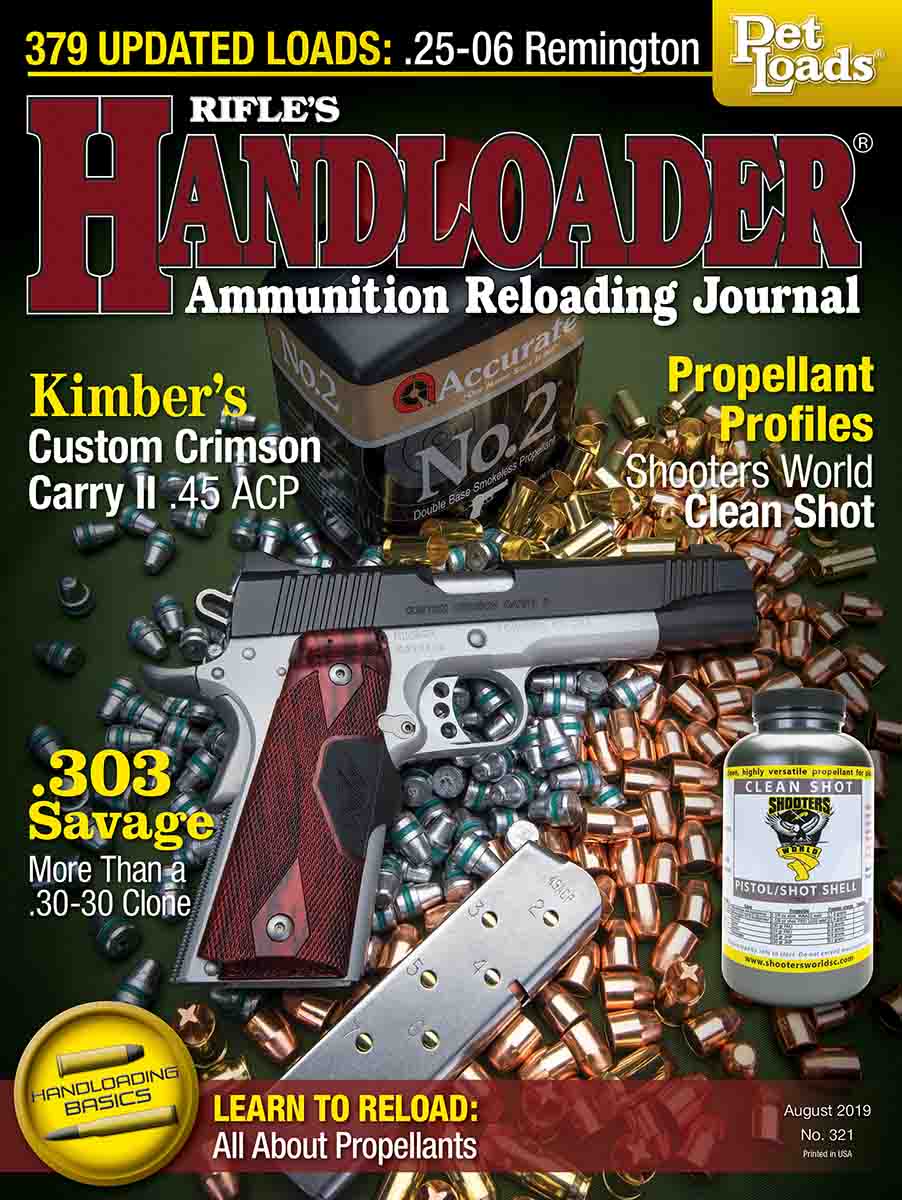Mike's Shootin' Shack
Bullet Mould Considerations
column By: Mike Venturino | August, 19
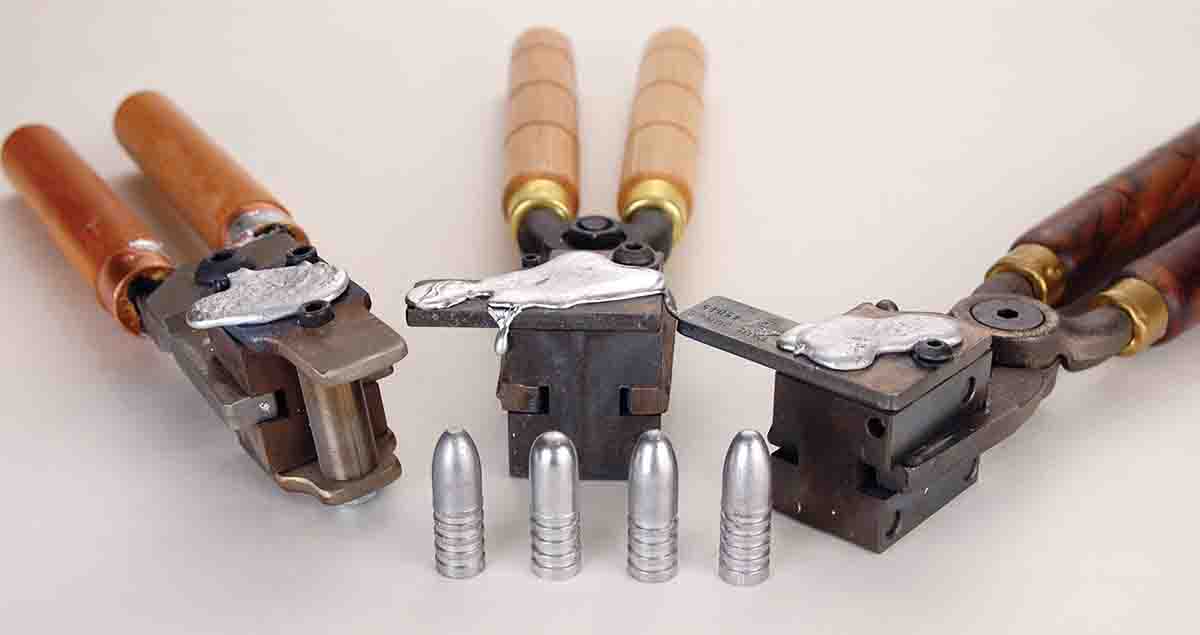
A friend and I were shooting .38 Specials in the afternoon after high school let out, and I was supplying the cast bullets for both of us. Keeping up with demand was tough using only a single-cavity bullet mould. Naturally, I tried casting too quickly, thus causing alloy to build up atop the mould blocks. The actual shape of bullets from that first mould didn’t matter to me, as all we were doing was punching paper or plinking at rocks and chunks of wood.
That first mould was purchased in 1966. By 1968, a double-cavity Lyman No. 358477 was affordable. When my first .45 Colt SAA was acquired in 1968, I was experienced enough to buy a double-cavity Lyman mould No. 454190 (250-grain RNFP), and with two double-cavity moulds, began a system of filling one and letting it cool while filling the second. Bullet production soared.
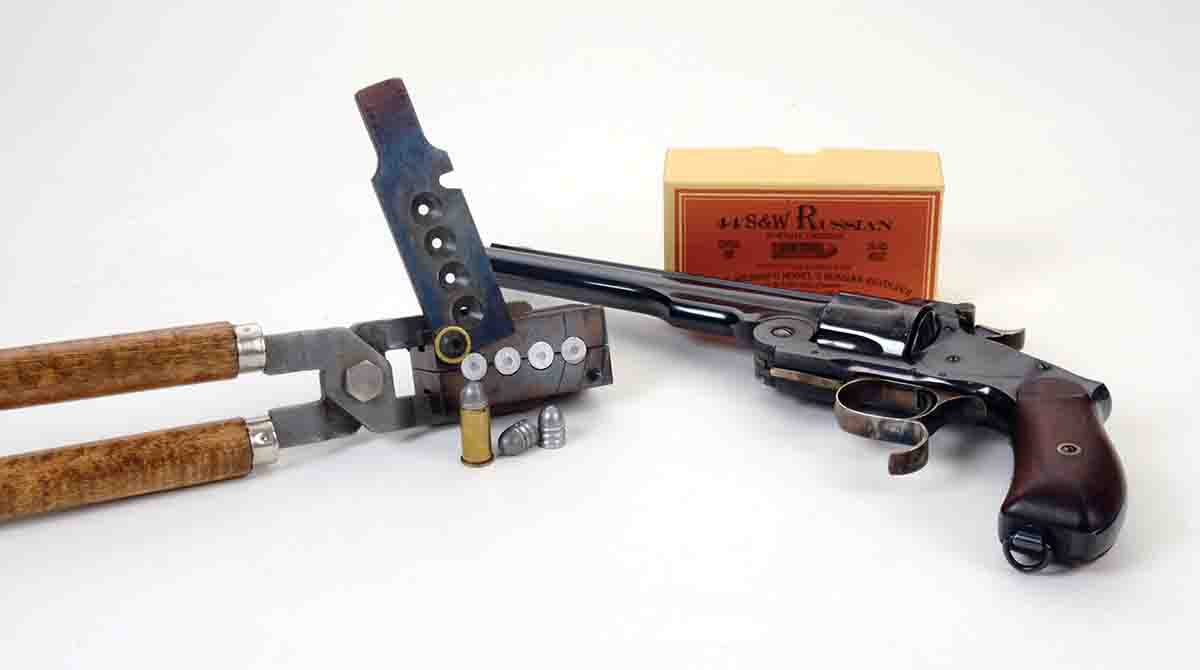
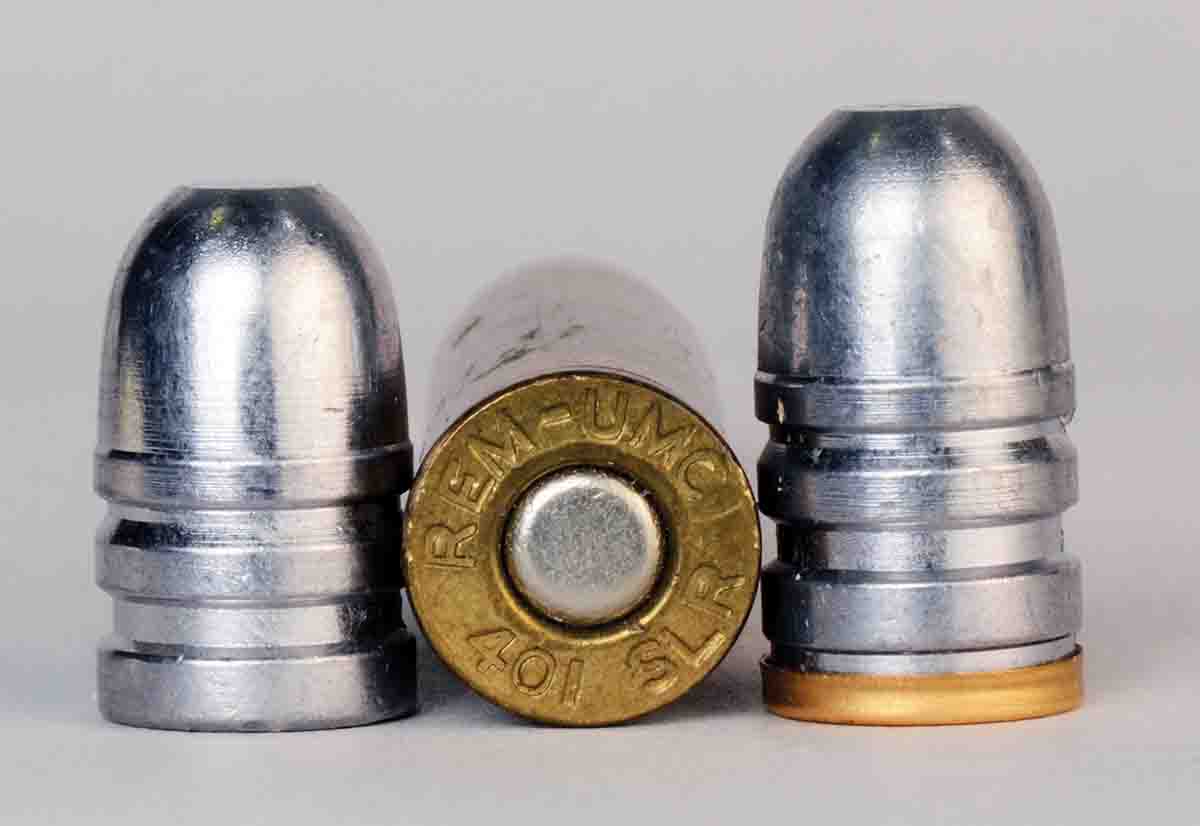
Once the number of mould cavities is settled upon, the next consideration is the metal into which the cavities will be cut. Bullet-mould blocks come in three types of metal: iron, aluminum and steel, and that’s the order of their popularity to my knowledge. I favor iron and will buy it first if available. An iron mould’s only detriment as I see things is rust. Montana is arid where I live, so I never oil moulds once they are cleaned. When I lived in West Virginia, in summer my iron moulds would only stay free of rust if heavily coated in grease.
Some companies or custom mould makers use aluminum. They won’t rust but require a bit of care in use, for they will gall if not watched closely. I’ve owned some good brass moulds, and the only fault I’ve had with them is excessive weight variation when casting very heavy BPCR .45-caliber bullets. Otherwise they supply nice bullets.
Now we get to the point of how mould cavities are cut. There are two methods: cherry cut or lathe bored. A cherry is a cutting tool with bullet groove and band dimensions. It is mounted in a drilling machine and spun. The mould blocks are held in jigs on both sides of the cherry. The blocks are pressed together while the cherry spins fast. If more than one cavity is going to be drilled, the jig apparatus is set up so that it moves the blocks precisely for the second or third (or more) cavities. Most factory moulds are cut with a cherry. The only drawback in cherry-
cutting bullet moulds of which I’m aware is variance in tolerances. Manufacturers who use drilling or cutting in any process must consider tolerances. In regard to bullet moulds, that means the cherries start out just a smidgen large and are used until the cavities they cut are a smidgen small. Thusly, cavities in bullet moulds may also vary slightly.
Boring moulds with a lathe requires one of two things: great machining skills, or great computer skills so the operator can enter and/or change mould cavity dimensions on CNC machinery. Some of the most beautifully
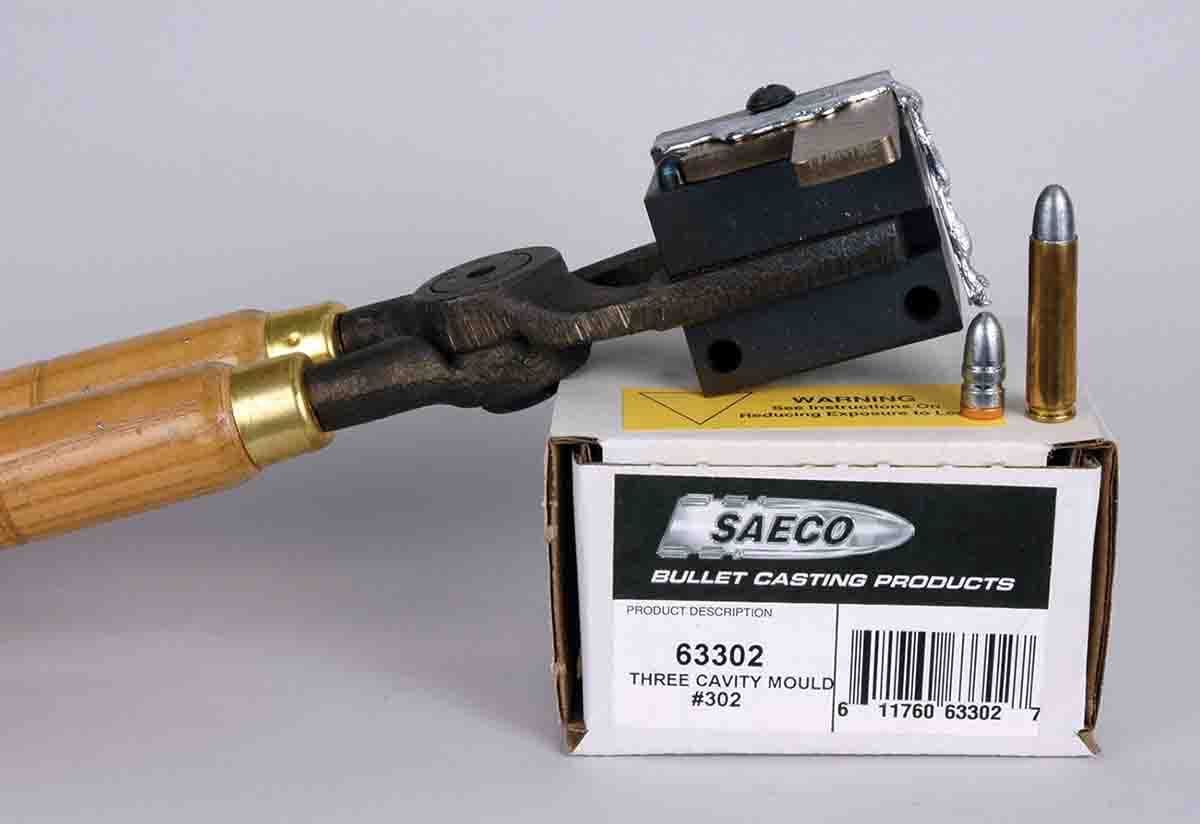
Let’s look at some special-feature bullet moulds such as hollowpoint, hollowbase or different designs in one set of blocks. I recently acquired a Model 1910 .401 Winchester Self-Loading rifle. After acquiring brass and dies, I turned to a custom mould maker for help. I had no idea whether my new Winchester would shoot acceptably with plain-base or gas-check bullets, so I bought a mould with one cavity bored for each type. Soon, winter will be over and I’ll have a chance to try them.
Hollowpoint cast bullets have their place, although they are awfully slow to cast; the same goes for hollowbase designs. Long ago, most Ideal/Lyman bullet designs could be had as hollowpoints on special order. Now, only a select few are available. (They deserve a column on their own.) Both Lyman and RCBS still offer Minié ball moulds with their cavernous hollowbases, and some few custom mould makers may be talked into cutting blocks for hollowpoint or hollowbase bullets.
I have purposely not listed custom mould makers: There are just too many and, honestly, I’m not aware of all of them. Searching on the Internet would likely reveal many if not most custom makers. Of course, our four main bullet mould suppliers remain: Lyman, RCBS, Redding/SAECO and Lee Precision. Their advertisements are in these pages.


